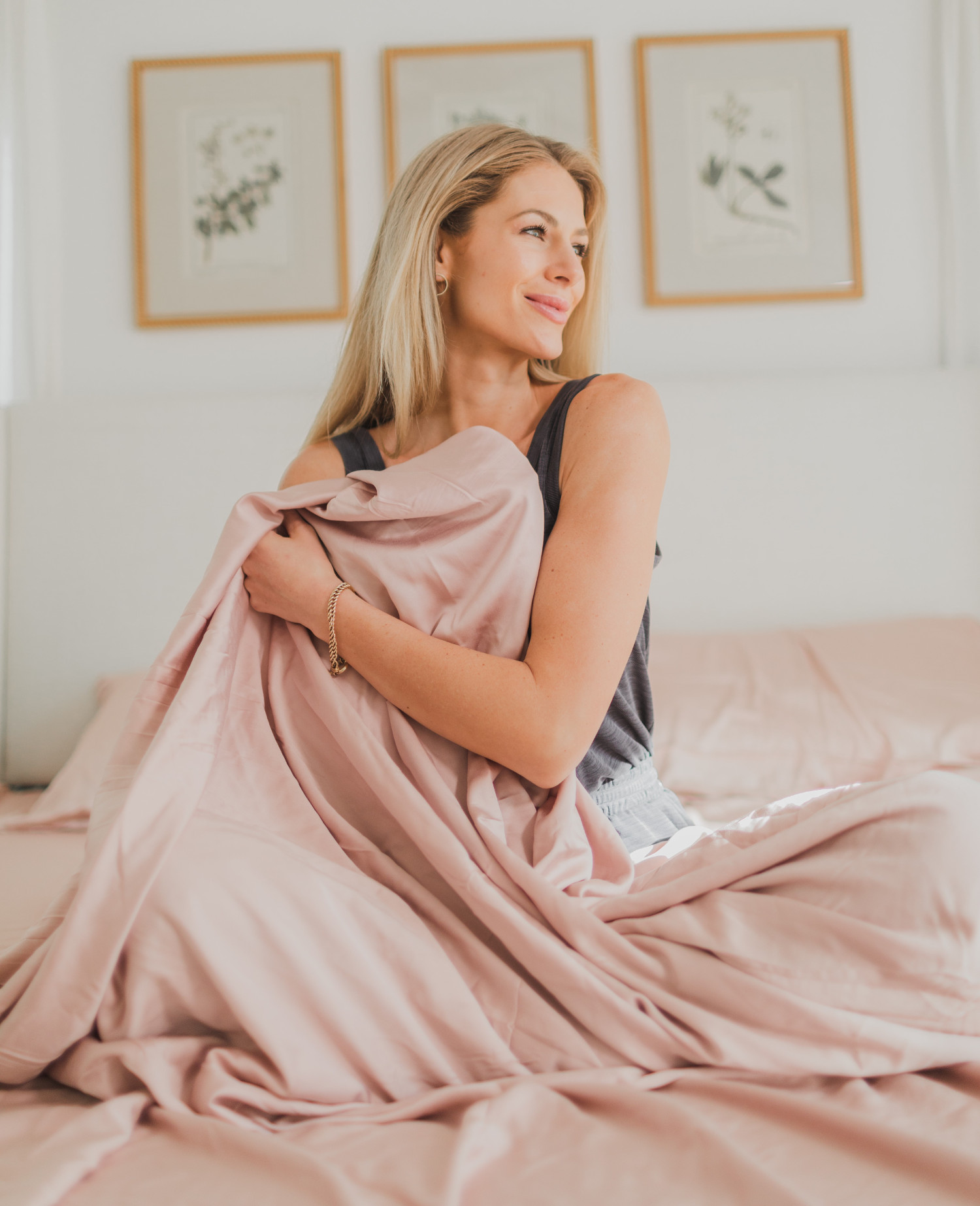Architectural Digest’s Terri Williams included Cariloha in her article “How to Buy Sheets: Two Experts Share Everything You Need to Know”. The article points out the various types of sheet fabrics and the different sleep preferences to consider in choosing the perfect bed sheets for improved sleep. Architectural Digest is a monthly magazine focused primarily on interior design, and landscaping and receives over 4.9 million unique monthly visitors.

How to Buy Sheets: Two Experts Share Everything You Need to Know
By Terri Williams
Read on for your best night of sleep
Experts recommend sleeping an average of eight hours, so it’s worth putting some thought and effort into your bedding choices and learning how to buy sheets. While the mattress is the most important component, and pillows can make or break your sleep cycle, your sheets can also determine how comfortably you sleep. But with so many brands and types of sheets, it can be difficult to choose the best bedsheets for your needs.
“Sheets are a very personal thing, from the texture to body temperature and even durability,” says Daniel A. Barone, MD, a sleep medicine specialist and the author of Let’s Talk About Sleep. “Some people like the feel of their favorite old T-shirt, while others like that satiny feel.”
These are some of the most popular types of sheets so you know what to look for when you shop.
Bamboo
Bamboo is a sustainable material, and bamboo sheets are moisture-wicking so they keep you cool at night. These sheets are also hypoallergenic, antimicrobial, and very soft. A great bamboo-sheet option is the Cariloha Resort Bamboo Bed Sheets, which have a premium sateen sheet finish, are three degrees cooler than other non-bamboo fabrics, and are softer than 1,000-thread count Egyptian cotton sheets.
Percale versus sateen?
Sheets are also defined by other terms, like the weave pattern. For example, you can purchase cotton percale sheets or cotton sateen sheets. So, what’s the difference between the two? Percale sheets have a smooth matte finish and are crisp and cool. These sheets are also breathable and more durable.
What about thread count?
Thread count is a term usually associated with sheets, and some companies tout a high thread count. But what does all of this mean? “The thread count is used to define the softness of the fabric, and it really means the total number of yarns per square inch of fabric,” explains Jason Cik, director of sustainability at Naturepedic. “Although many believe that the higher the thread count, the better, many other factors play a key role when evaluating the quality of sheets,” he says. “Fiber content and construction are, in some cases, more important when selecting the best sheets to buy.”
So why is this number tossed around so much? “Thread count is determined by a count of the number of threads per square inch of fabric,” Daniel says. “So a fabric with a thread count of 250 should have 125 threads woven horizontally and 125 threads woven vertically per square inch.”
However, Daniel agrees with Jason that most people believe that the higher the thread count, the better quality the sheets—but he says that is not usually the case. “Many sheets on the market today have manufacturers cutting corners and boosting their numbers with multi-ply yarns, which are lower quality than single ply fabric yarns,” he explains. So don’t let this number be your bottom-line in decision making.
Read more from Architectural Digest here.

